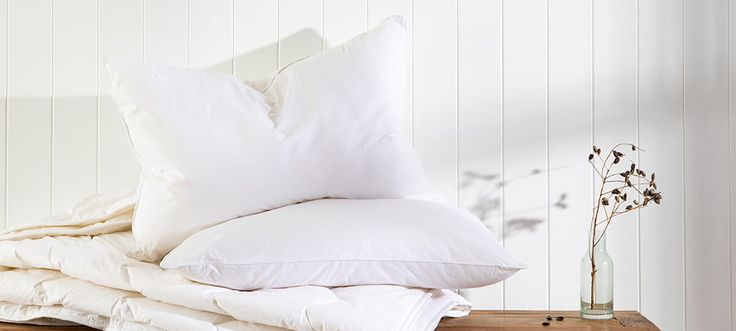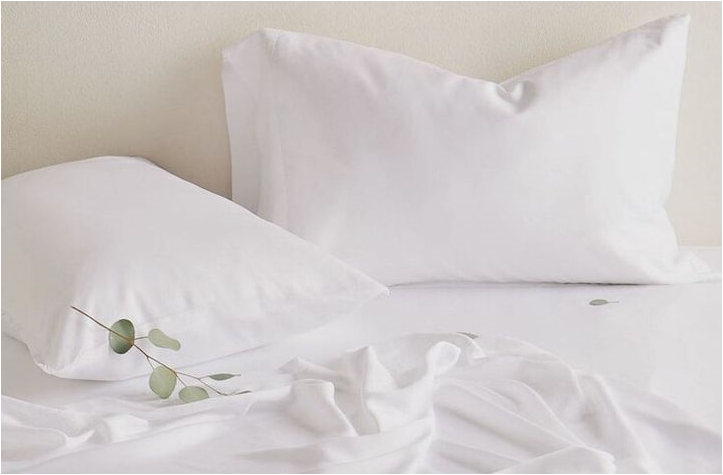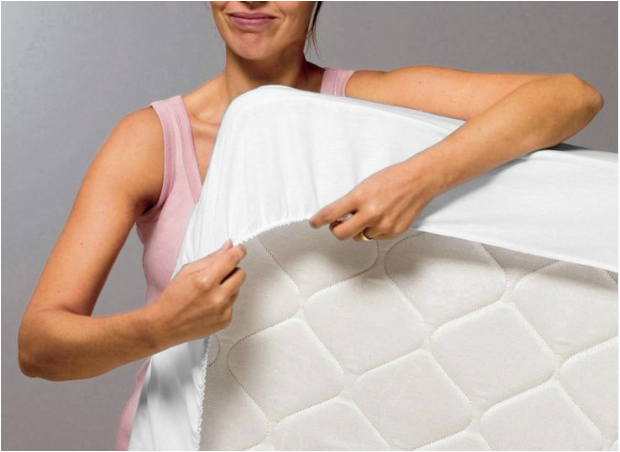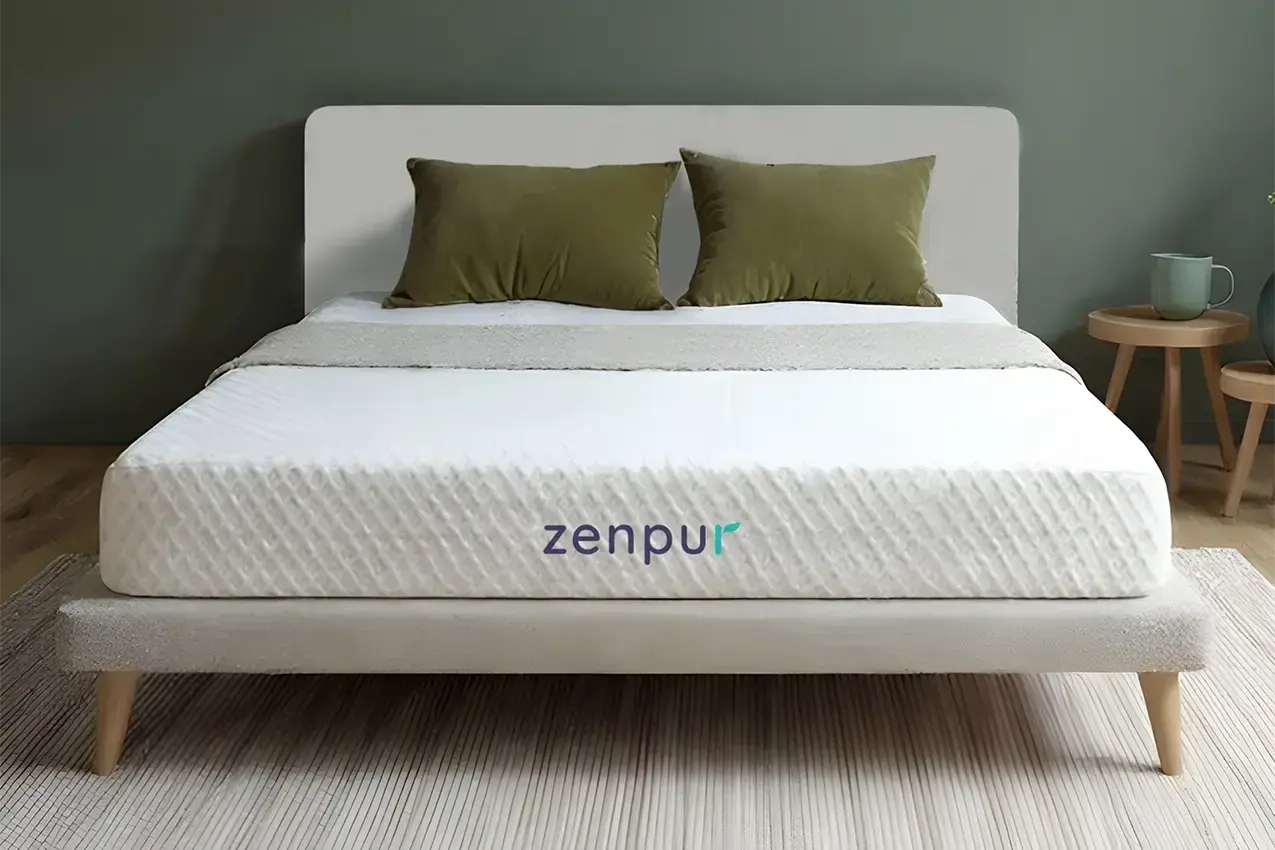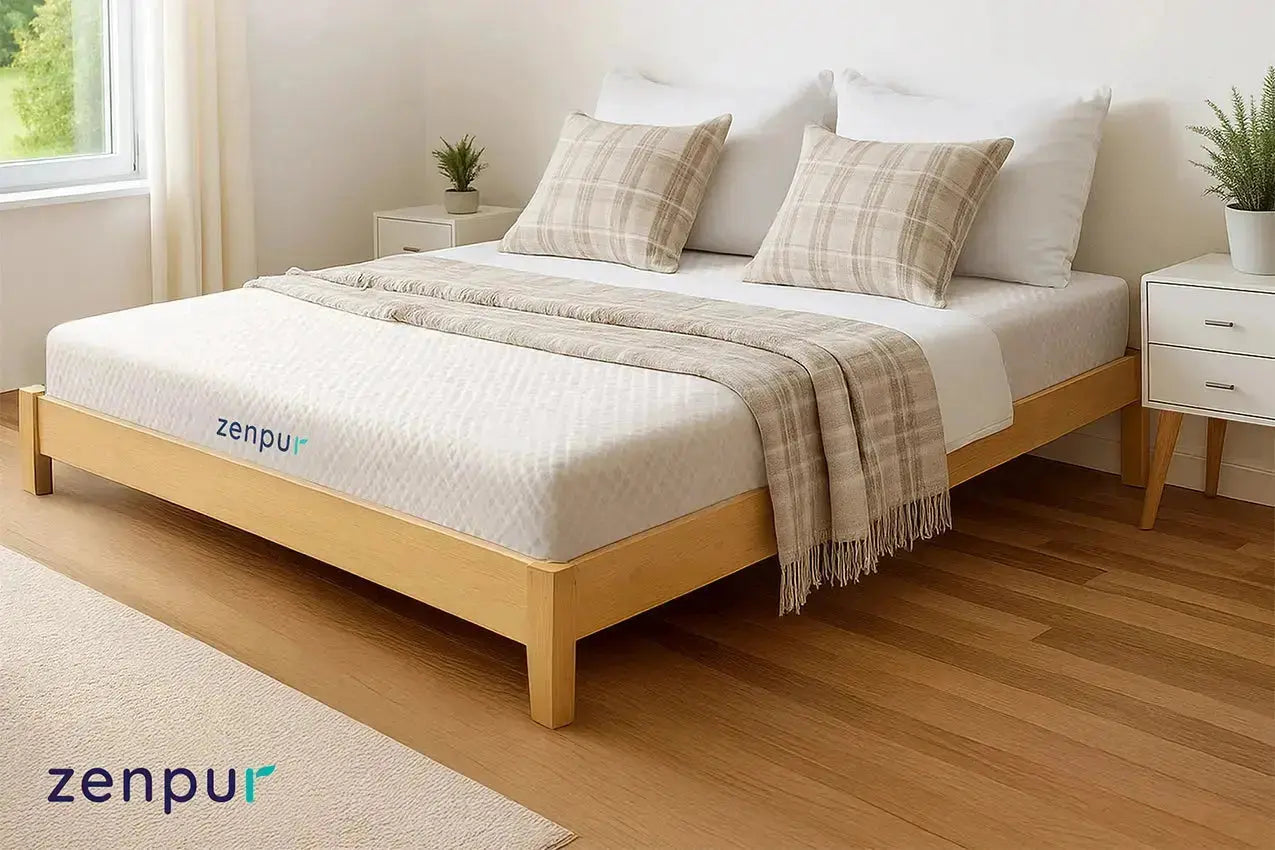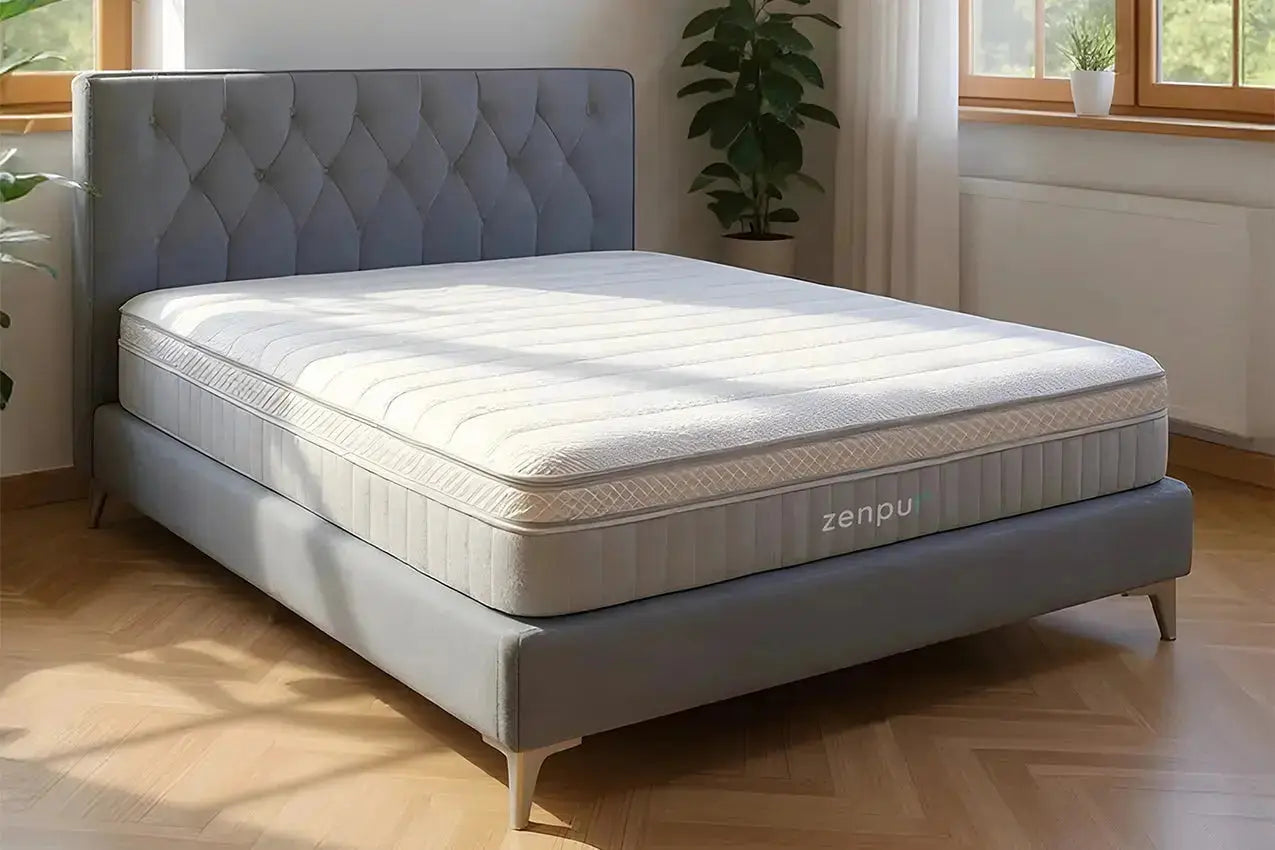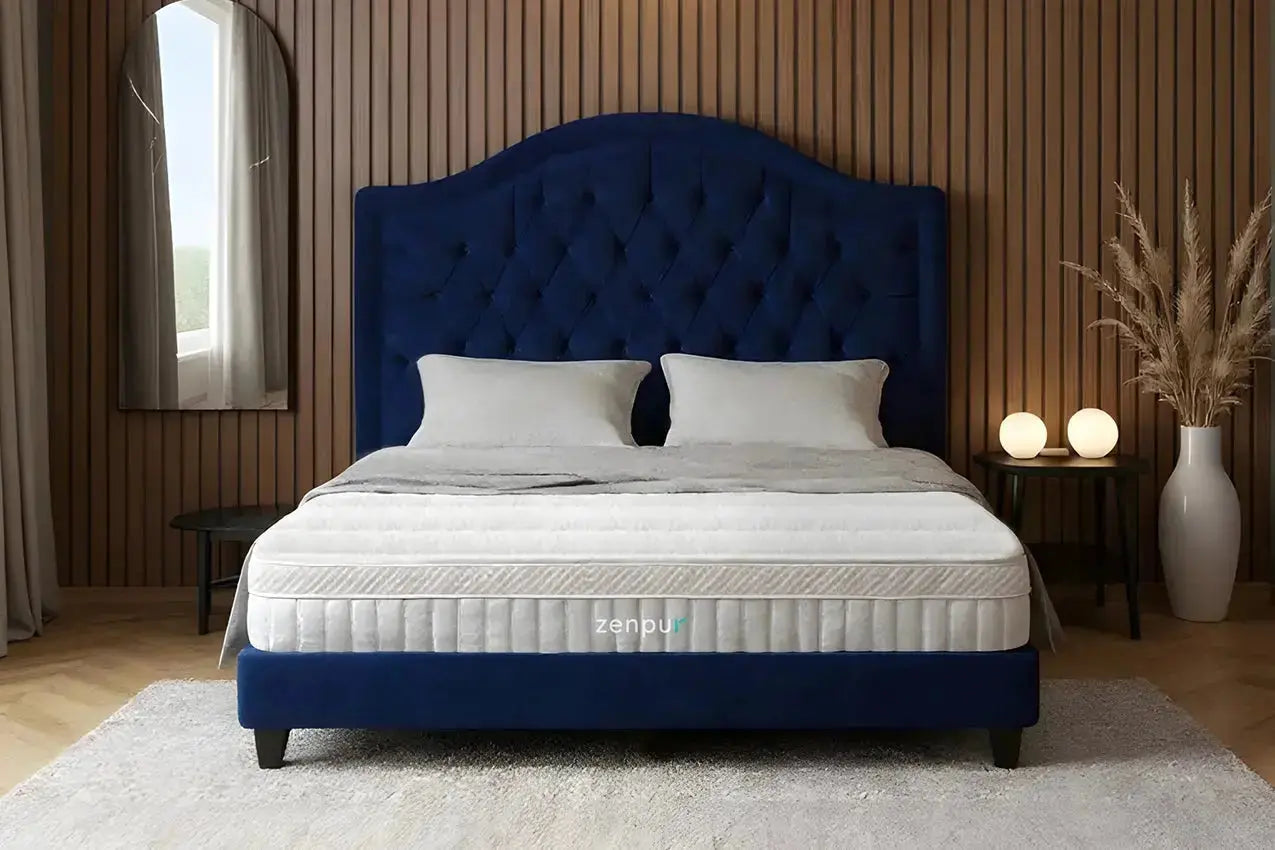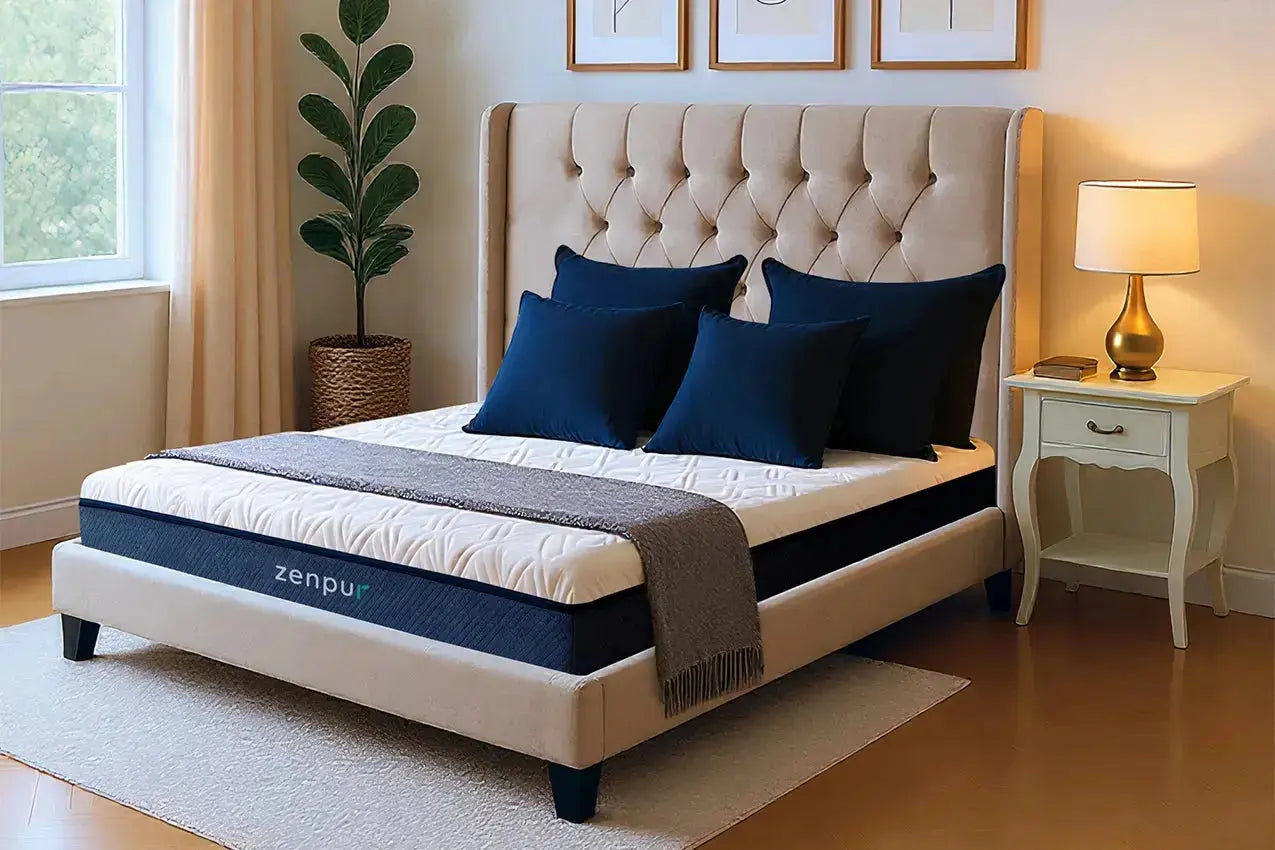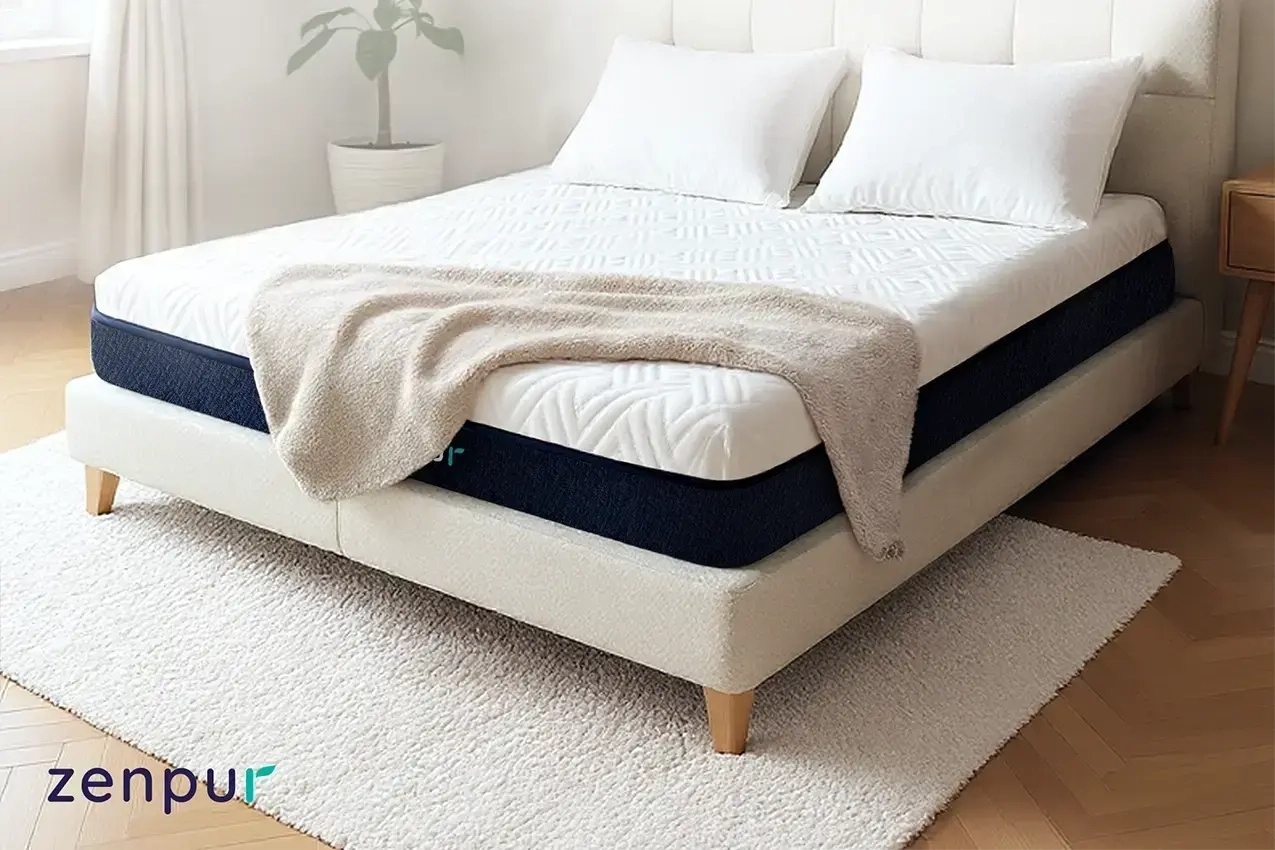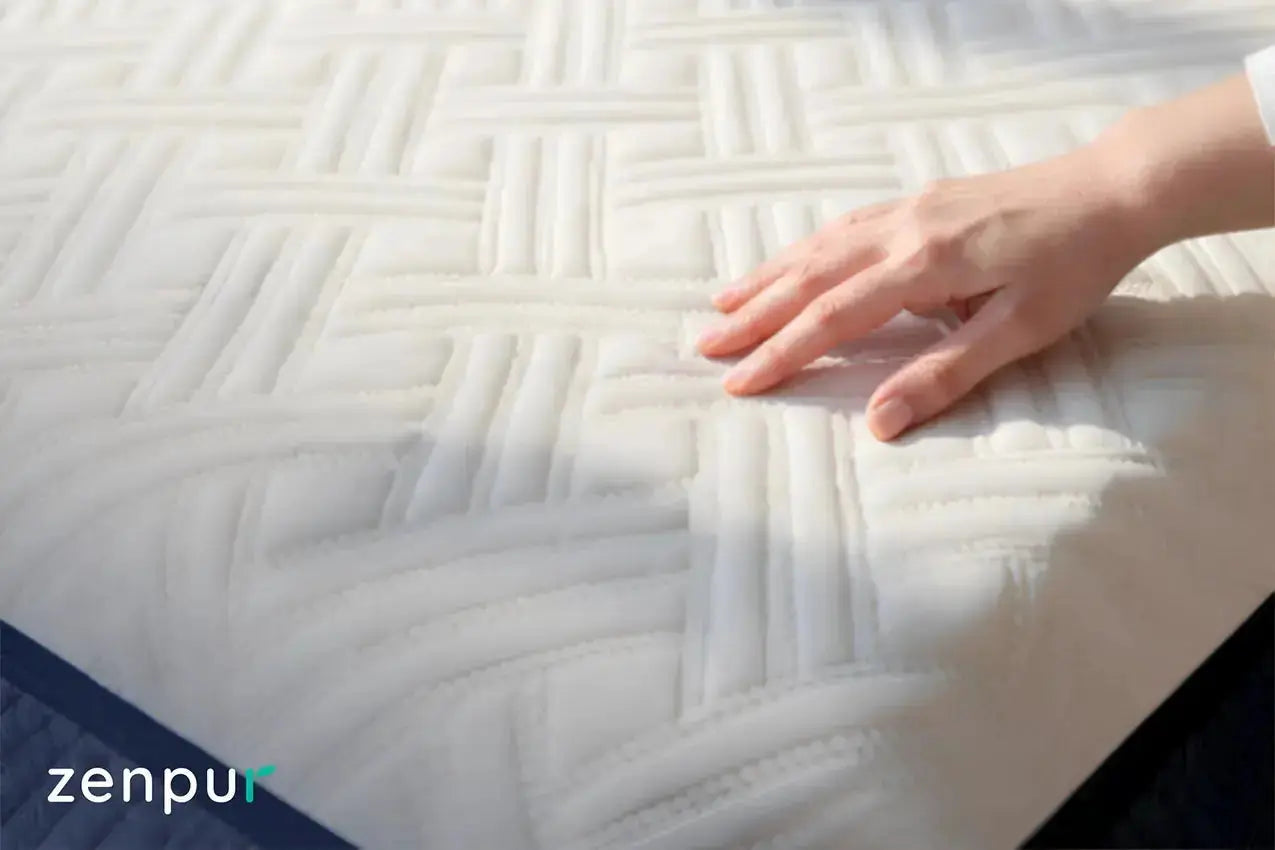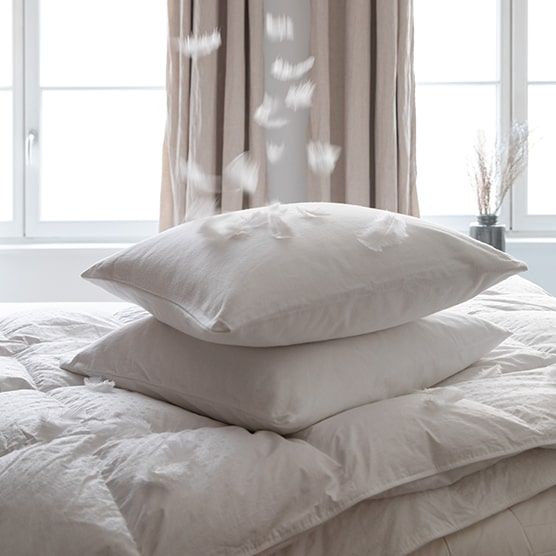
How to Wash a Pillowcase Properly: A Complete Care Guide
Regularly caring for your pillowcase is crucial for maintaining a hygienic sleeping environment. A poorly maintained pillowcase can become a breeding ground for bacteria, dust mites, and cosmetic residue. Here's how to wash it effectively, depending on its material.
Washing frequency and preparation
Experts recommend washing your pillowcase once or twice a week, especially if you have oily skin or use hair products. Before washing, turn the pillowcase inside out to protect the colors and patterns. Check the pockets for any forgotten items. If you use a pillow protector underneath, it can be washed every 2-3 weeks, allowing for less frequent washing of the pillow itself.
Washing instructions according to materials
For cotton pillowcases, use hot water (60°C), which effectively eliminates dust mites and bacteria. Polyester or microfiber pillowcases should be washed at 40°C to preserve their fibers. Add half a cup of white vinegar to the rinse cycle to remove detergent residue and naturally soften the fabric. For delicate pillowcases (silk, satin), choose a cold wash with a mild detergent, ideally in a protective net. The ZenPur protective cover , meanwhile, can withstand washes up to 60°C thanks to its robust design.
Treating stubborn stains
Makeup, saliva, or perspiration stains require pretreatment. Apply Marseille soap directly to the damp stain and let it sit for 15 minutes before washing. For blood stains, use cold water and hydrogen peroxide. Yellow perspiration stains can be removed with a mixture of baking soda and water applied before washing. Never use bleach, which weakens fibers and can yellow white fabrics.
Drying and finishing
Air drying is ideal for preserving fibers and saving energy. Lay pillowcases in the shade to prevent fading. If using a tumble dryer, use a low heat setting and remove pillowcases slightly damp for easier ironing. Ironing at a medium temperature will restore the shine to cotton pillowcases. To maintain an optimal sleep environment, always pair a clean pillowcase with a waterproof, dust mite-resistant pillow protector, creating a double barrier of protection.

